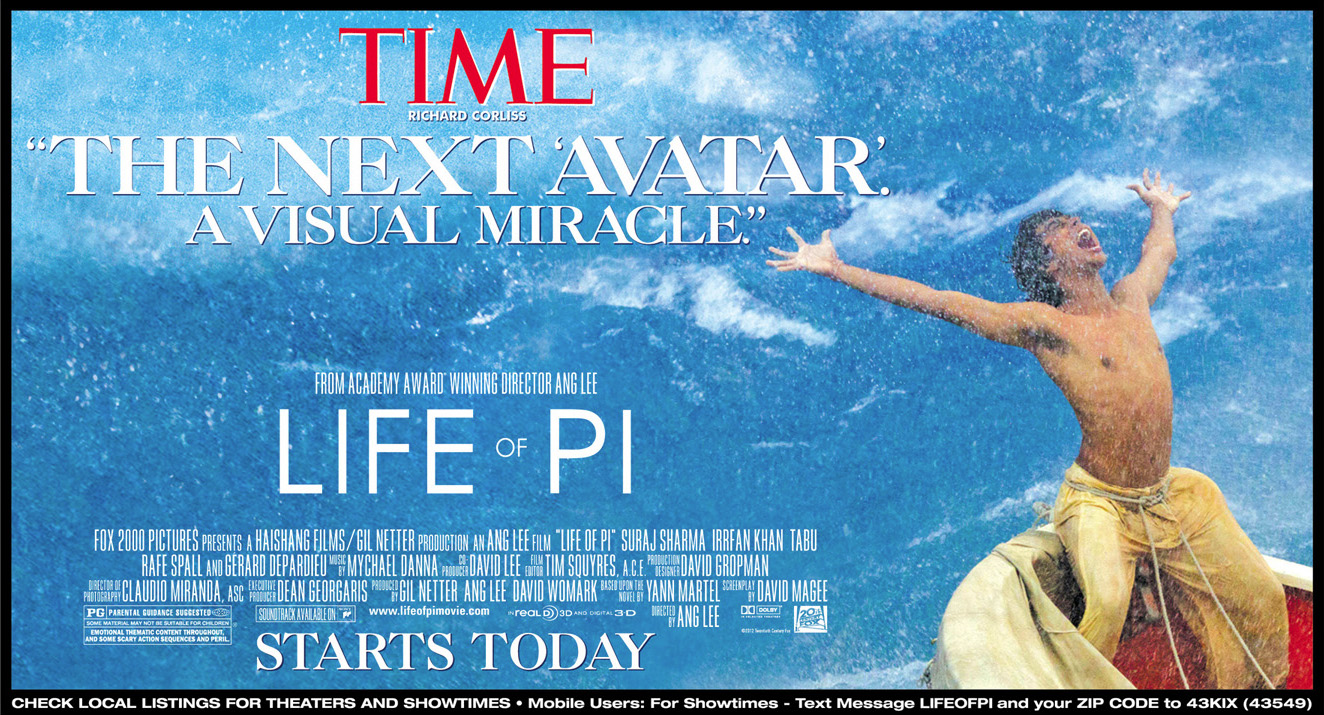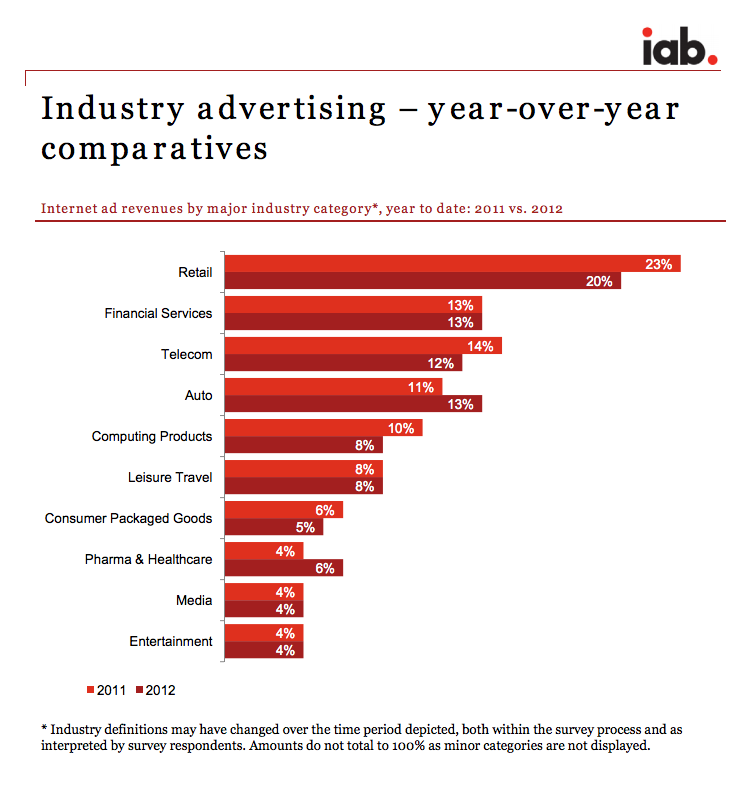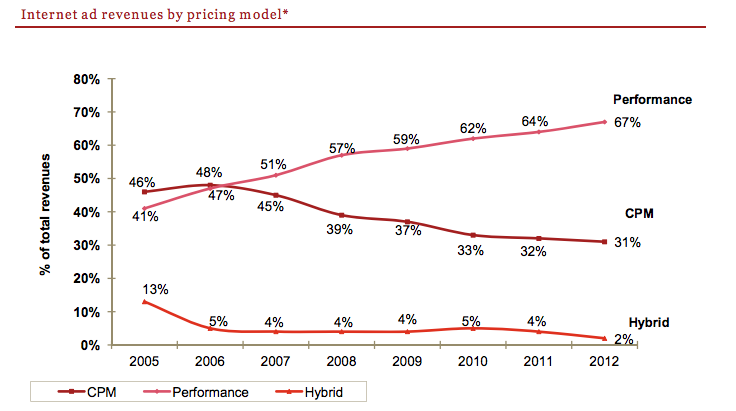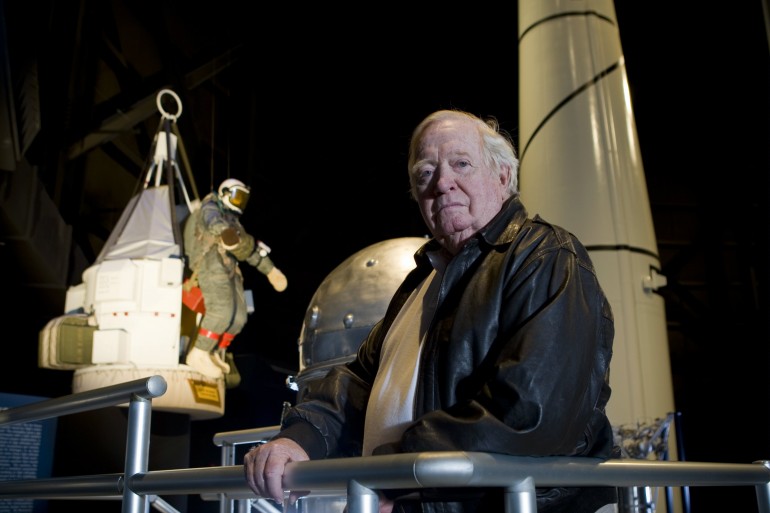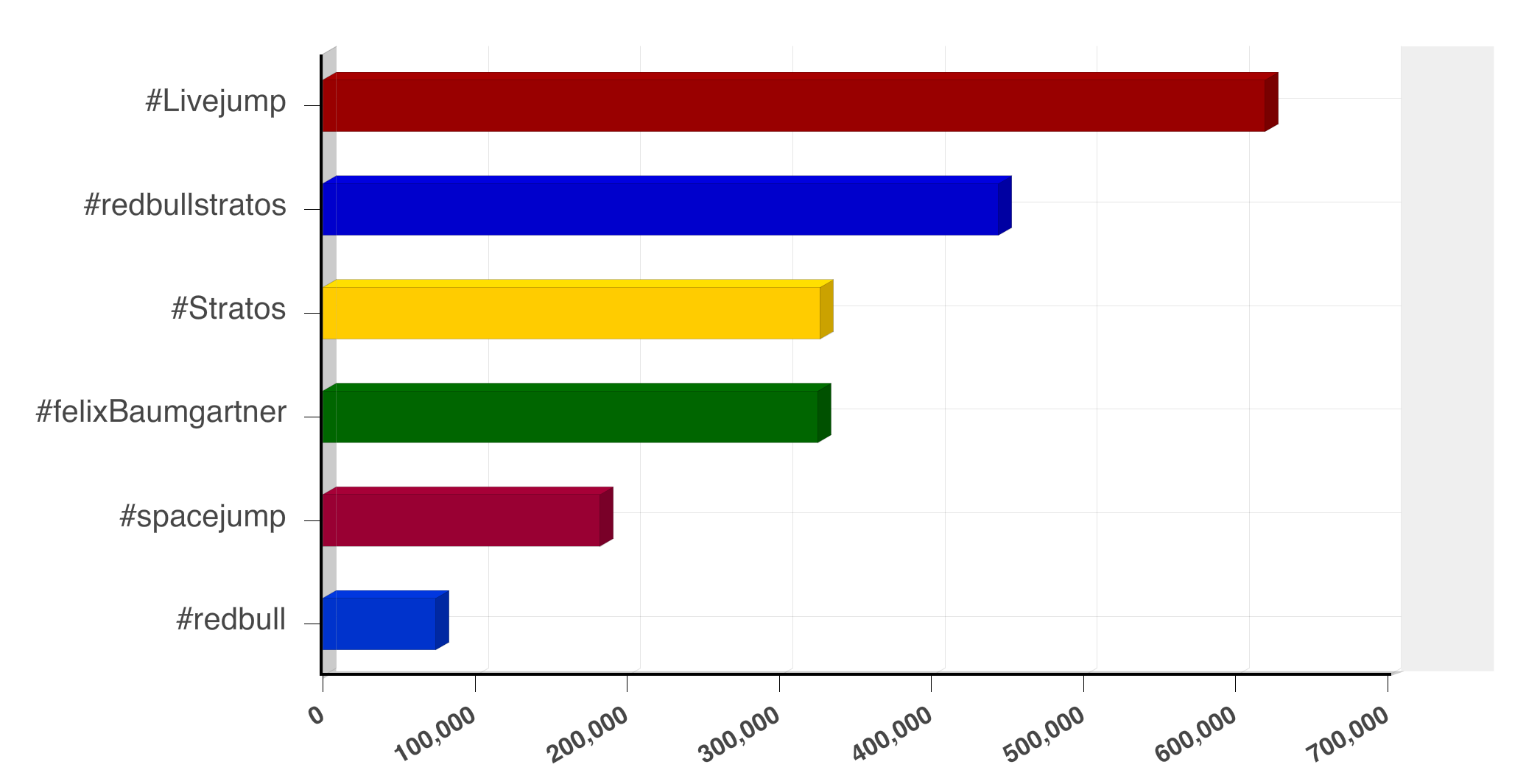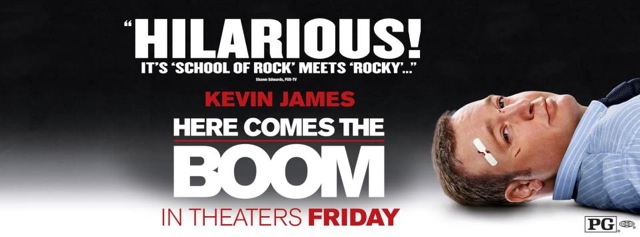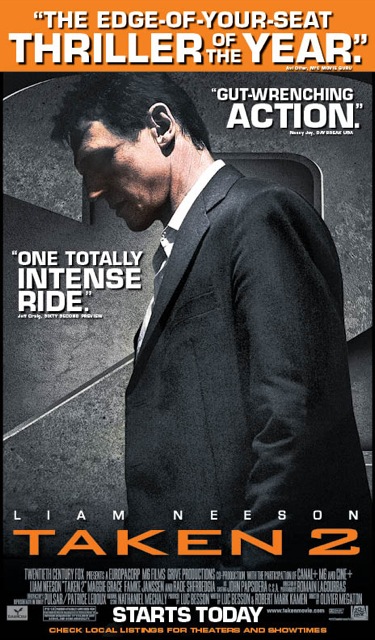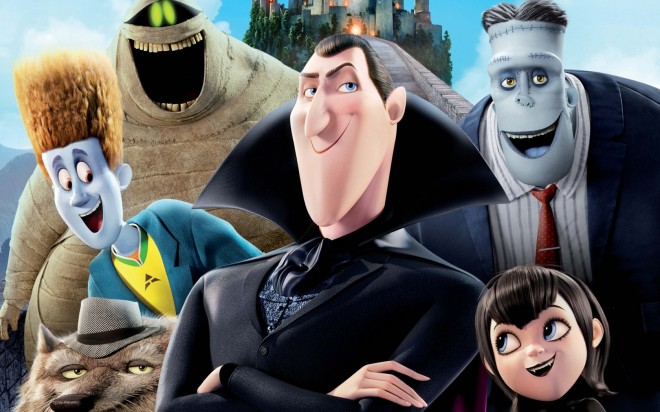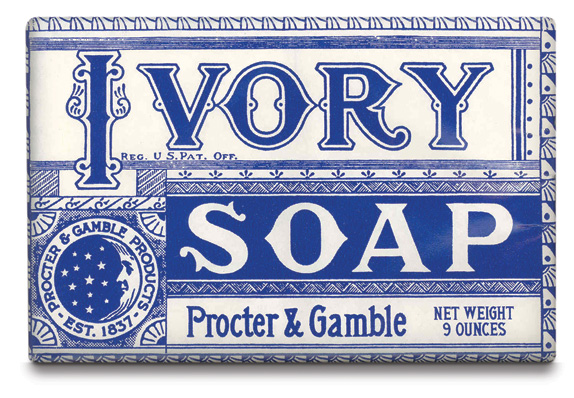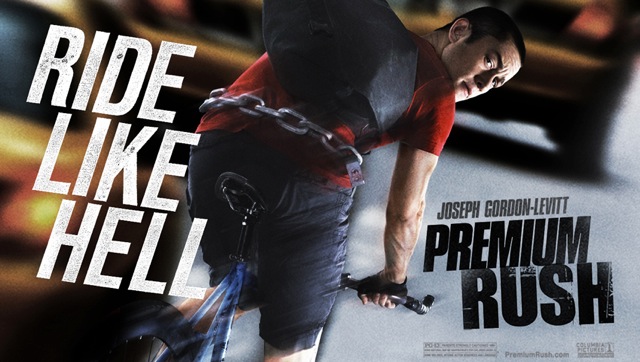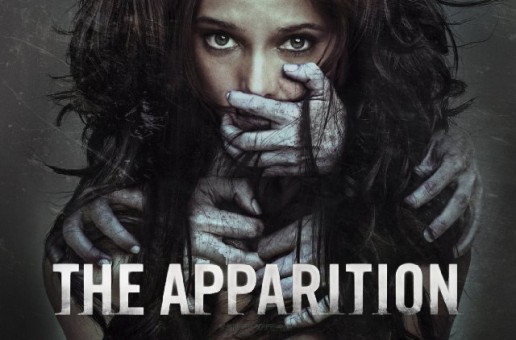Sometime last week, I was perusing through Copyblogger when I saw an article titled, “The Most Dangerous Threat to Your Online Marketing Efforts” by Sonia Simone.
In it, Sonia opens up with an anecdote about an independent bookstore that has good coffee, readings from published authors and is an all around great place. What happens is that the landlord decides to triple their lease when it comes time for renewal, which results in the bookstore going out of business.
This is what Sonia likens to as “digital sharecropping,” a quasi-pejorative term coined by Nicholas Carr. Outside of the digital space, sharecropping was a farming system in which landowners would allow tenants to use part of their land in exchange for a portion of the harvest, putting land to use that might have not been utilized otherwise. The system was a way to pool risk and protect both parties in the event of a catastrophe or bad season. And though it may sound pretty sweet conceptually, historically speaking in the United States, it often resulted in exploitation and was little different than slavery, which had just been abolished. While there’s no shortage of information on either version of sharecropping online, in as few words as possible:
“One of the fundamental economic characteristics of Web 2.0 is the distribution of production into the hands of the many and the concentration of the economic rewards into the hands of the few. It’s a sharecropping system, but the sharecroppers are generally happy because their interest lies in self-expression or socializing, not in making money, and, besides, the economic value of each of their individual contributions is trivial. It’s only by aggregating those contributions on a massive scale – on a web scale – that the business becomes lucrative” (Carr).
For you non-jargonauts, the term “Web 2.0” was coined back in 1999 to “describe websites that [would] use technology beyond static pages of earlier websites” (Wikipedia). The theory was that, eventually, the Internet would become a collaborative medium that would allow users to interact with one another through social media, user-generated content, virtual communities, etc. Think: the Cloud; YouTube; Facebook; Wikipedia; Reddit; Pinterest; Tumblr; Content Management Systems like WordPress and on and on. Nicholas went on to hypothesize that this would ultimately “provide an incredibly efficient mechanism to harvest the economic value of free labor” as innovation would allow companies to crowd source and profiteer from content generation done by us, the poor sharecroppers.
Sonia cautions that this is “the most dangerous threat to your online marketing efforts” for a few reasons:
“Landlords are fickle.” Because Facebook and Google are ever changing platforms, your business is susceptible to their whims, and your page can be deleted at any given moment should their terms of service change. “Sharecropped land has a tendency to become less and less fertile over time,” and “Landlords go away.” Eventually, all of these social media mega sites tend to turn into ghost towns. Look at Xanga, Digg, Myspace, Yahoo! Buzz, Friendster and Google+ (Half-kidding about that last one).
After having read her article, I understand what’s being said. It just seems really strange in an I’m-comparing-apples-to-the-business-model-that-most-closely-represents-slavery-kind-of-way. Yes, Sonia is right when it comes to controlling and owning your assets; especially your website, and that social media works for you by driving traffic to your website where conversions are completed, not the other way around. A strong marketing and advertising campaign will integrate, manage and interchangeably use different channels that enables it to reach customers most effectively.
But in an ever-growing trend Web 2.0 is painted in broad strokes as a zero-sum game where businesses profiteer at the expense of their user base and fails to acknowledge how those very companies have provided value by making our lives better if not more convenient. A pretty obvious example is YouTube, which in 2006 changed how we use the Internet for better or worse, the latter depending on how much time you can lose to it in a single sitting. One reason YouTube grew as much as it did in its infancy was that it was easy to use. Users who weren’t particularly tech savvy could watch videos as well as upload and share their own all without having to download any software. At the end of that year, “You” were selected as Time’s Person of the Year for “seizing the reins of the global media, for founding and framing the new digital democracy, for working for nothing and beating the pros at their own game.” In Lev Grossman’s cover story, he writes:
“It’s a story about community and collaboration on a scale never seen before. It’s about the cosmic compendium of knowledge Wikipedia and the million-channel people’s network YouTube and the online metropolis MySpace. It’s about the many wresting power from the few and helping one another for nothing and how that will not only change the world but also change the way the world changes.”
While this excerpt may seem a tad bit cushy sans the rest of the article, social media’s impact on the world is undeniable and has given the most marginalized groups a voice. That much is evident in the Arab Spring, the series of demonstrations and protests in countries across the Middle East in which activists relied on Facebook and Twitter to spread awareness and organize protests and, ultimately, removed regimes in Tunisia, Egypt, Libya and Yemen from power.
If you find that your online marketing is at a standstill, take a step back and recalibrate your bearings because the most dangerous thing isn’t that you digitally sharecrop, and unknowingly provide value to others in doing so. That’s not a bad thing at all. The most dangerous threat is not knowing where you and your business are going, which tends to happen when values lie on the fringe and not at the core. In a world where competition can change overnight, it’s important to dust off the map every once in a while and make any necessary revisions whether that be tweaks to overall strategy or making changes to the content you curate and share. The more accurate your map, the better prepared you’ll be when it comes time to navigating obstacles and harsh terrain.
But as for digital sharecropping being “the most dangerous threat to your online marketing efforts?” It’s more like a shallow creek than it is K2.
Photo Credit: ww.utahimages.com



